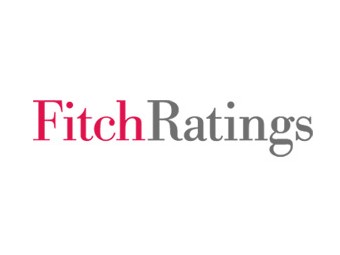CoreLogic today released a new analysis showing that 10.8 million, or 22.3 percent, of all residential properties with a mortgage were in negative equity at the end of the second quarter of 2012. This is down from 11.4 million properties, or 23.7 percent, at the end of the first quarter of 2012. An additional 2.3 million borrowers possessed less than 5 percent equity in their home, referred to as near-negative equity, at the end of the second quarter.
Approximately 600,000 borrowers reached a state of positive equity at the end of the second quarter of 2012, adding to the more than 700,000 borrowers that moved into positive equity in the first quarter of this year. Moreover, there were 1.8 million borrowers who were only 5 percent underwater at the end of the second quarter. If home prices continue increasing over the next year, these borrowers could move out of a negative equity position.
Together, negative equity and near-negative equity mortgages accounted for 27.0 percent of all residential properties with a mortgage nationwide in the second quarter, down from 28.5 percent at the end of the first quarter in 2012. Nationally, negative equity decreased from $691 billion at the end of the first quarter in 2012 to $689 billion at the end of the second quarter, a decrease of $2 billion driven in large part by an improvement in house price levels.
“The level of negative equity continues to improve with more than 1.3 million households regaining a positive equity position since the beginning of the year,” said Mark Fleming, chief economist for CoreLogic. “Surging home prices this spring and summer, lower levels of inventory, and declining REO sale shares are all contributing to the nascent housing recovery and declining negative equity.”
Despite the progress negative equity remains a huge problem, placing homeowners at risk of foreclosure, preventing them from refinancing and freezing them in place so that they cannot sell or buy.
Most borrowers in negative equity are continuing to pay their mortgages. The share of borrowers that were underwater and current on their payments was 84.9 percent at the end of the second quarter in 2012. This is up from 84.8 percent at the end of the first quarter in 2012. However, last week Lender Processing Services reported a link between negative equity and new problem loans.
“The July mortgage performance data shows a continuing correlation between negative equity and new problem loans,” explained Herb Blecher, senior vice president, LPS Applied Analytics. “In Nevada and Florida, two of the states with the highest percentage of underwater borrowers, more than three percent of borrowers who were up to date on their payments are 60 or more days delinquent six months later. This suggests that further home price declines – should they occur – could jeopardize recent improvements.”
CoreLogic also reported wide variance by state in negative equity rates. Its report also listed Nevada with the highest percentage of mortgaged properties in negative equity at 59 percent, followed by Florida (43 percent), Arizona (40 percent), Georgia (36 percent) and Michigan (33 percent). These top five states combined account for 34.1 percent of the total amount of negative equity in the U.S.
CoreLogic said that the bulk of negative equity is concentrated in the low end of the housing market. For example, for low-to-mid value homes (less than $200,000), the negative equity share is 32 percent, almost twice the 17 percent for borrowers with home values greater than $200,000.
Of the total $689 billion in aggregate negative equity, first liens without home equity loans accounted for $339 billion aggregate negative equity, while first liens with home equity loans accounted for $353 billion. Of the 10.8 million upside-down borrowers, 6.6 million hold first liens without home equity loans. The average mortgage balance for this group of borrowers is $216,000, the average underwater amount is $51,000, and the cumulative underwater value accounts for 18 percent of all negative equity. Some 4.2 million upside-down borrowers possess both first and second liens. The average mortgage balance for this group of borrowers is $300,000, the average underwater amount is $84,000 and the cumulative underwater amount accounts for 38 percent of all negative equity.
 RealEstateEconomyWatch.com Insight and Intelligence on Residential Real Estate
RealEstateEconomyWatch.com Insight and Intelligence on Residential Real Estate
